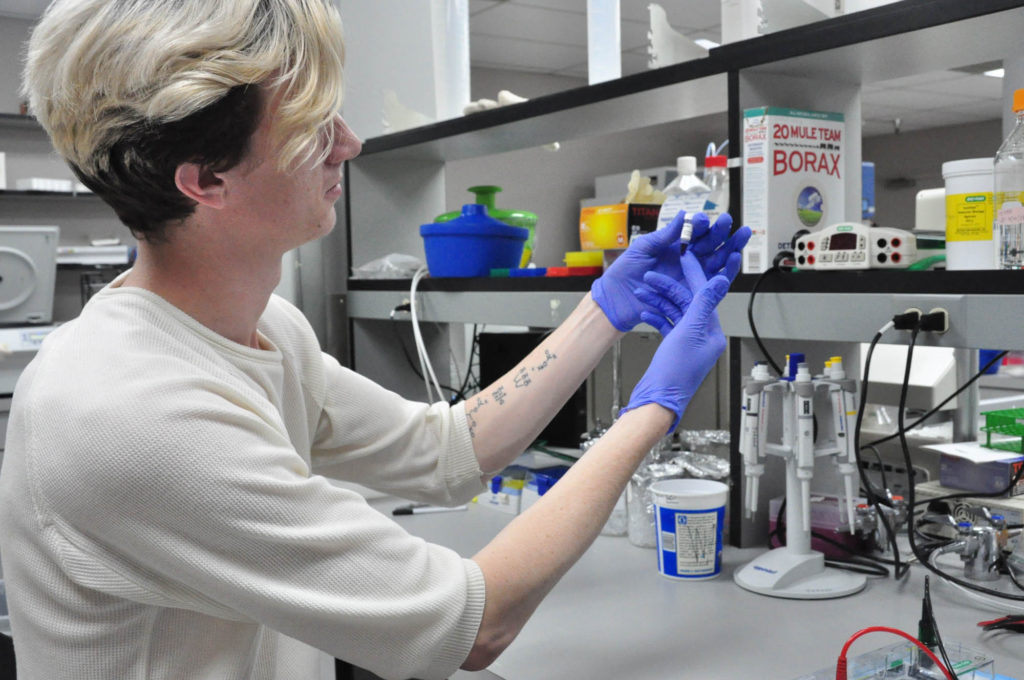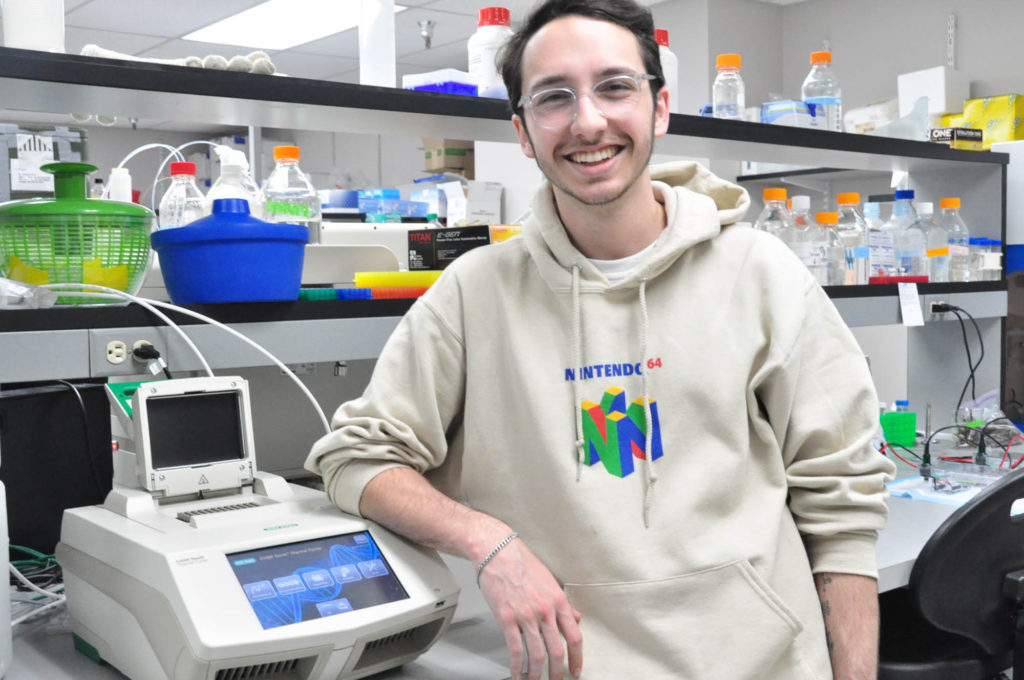This May, Seattle University will complete its first step to becoming a more renowned research university. The Seattle University’s Undergraduate Research Journal’s, or SUURJ, debut year, will be featuring the work and research of students across campus in one place to document the academic achievements of multiple disciplines.

Jeremy Bjelajak will be published in the first issue of the Seattle University Undergraduate Research Journal.
SUURJ is a joint venture between the College of Arts and Sciences, the English Department, the Office of Sponsored Research Programs and the Office of the Provost. The journal combines the efforts of student editors and submitting authors to craft an exemplar of the research projects, literature and academic strides of Seattle U students and faculty. The journal is contingent upon student participation within a set of academic courses geared toward creating this journal.
“The purpose of these journals is to showcase the work of the university, so that people can see what kind of awesome stuff is going on,” said English professor and SUURJ faculty editor, Molly Clark Hillard. The program offers professional development for any student looking for writing experience in their discipline, or looking into graduate work.
Hillard also mentioned the importance of this journal for Seattle U’s marketing and outreach. “This is a great recruitment tool because students who might be interested in going to Seattle U can see that SU is serious about its academic work and it’s research work and that we’re dedicated to professionalizing students in a variety of fields.”
The process for completing the journal began in fall quarter, and ends on May 12, when the journal will be released at the Student Undergraduate Research Association, known as SURA.
As for what can be anticipated in the inaugural first volume of the SUURJ, readers should expect a curated look into the studies and findings from students in different colleges within the university, and even work by undergraduates within the core-level.
“We welcome research from all the different colleges on campus. And it’s not just cross-disciplinary, we also welcome writing from students at all stages of their undergraduate careers,” Hillard said. The SUURJ will feature the writings and findings of work coming out of lower-level core classes, in addition to the more sophisticated, long-term research missions and senior capstone projects.
The content of the journal will include a “News and Notes” section for interviews, opinion pieces and news items for the Seattle U research community; a “Short Conversations” section, for the science disciplines to show off data and findings; a “Core Writing” section, for research-based writings in the core curriculum courses; and a “Full Articles” section, for full research findings from Seattle U students and capstone projects.
In addition to being a system to compile student research on behalf of Seattle U, the SUURJ also serves as a dynamic learning program for students.
“SUURJ is a faculty-led, but student centered venture, so there is really good opportunity for collaboration between faculty and students,” Hillard said. “I think that really marks the access to the spirit of Seattle University, and demonstrates the kind of centrality of students, and the centrality of collaboration.”
Establishing a journal like this at Seattle U is valuable to students because of the kind of accessibility to professional experience and publishing it creates.
Sam Levy and Jeremy Bjelajac are two Seattle U juniors pursuing undergraduate research in cellular and molecular biology alongside their peers and professors as a part of their major, and say the creation of the journal will be a beneficial platform for both students and faculty.
“Publishing has a lot of clout in the scientific community,” said Sam Levy, who is part of researching the non-invasive genotyping raccoons and opossums in Seattle.

Mark Jordan Lab Research assistant and SU cell and molecular biology major, Sam Levy.
“We have another place we can publish, in case what we’re doing is too niche,” Levy said.
“It’s a more streamlined route. You have a head start on publishing if you’re given the tools to succeed,” said Jeremy Bjelajac, who is taking part in research about experimental methods for freshwater algae separation.
In addition to the opportunities the SUURJ creates for students, Levy highlighted its importance to faculty as well.
“It’s really hard to publish, especially if you’re teaching a full class schedule,” Levy said. “But this would be a great facet to that.”
While the journal itself has yet to make it’s impact on Seattle U’s research community, the ratification of this new program puts Seattle U on the map as a growing research institution. It offers students and faculty an advantage in getting their findings and works published in a professional academic journal, while promoting the valuable discoveries of campus peers.
For more information about the SUURJ, how to submit research, and classes for student editors, check out: https://www.seattleu.edu/orssp/ student-resources/seattle-university- undergraduate-research-journal- suurj/ or reach out to Dr. Hillard.
Madeline may be reached at
mmesa@su-spectator.com








